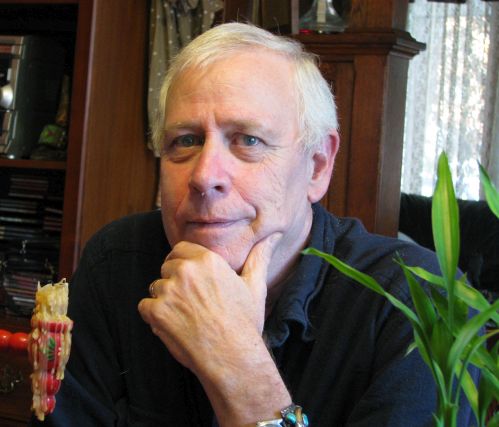
Melvin C. “Mel”Riley was born in 1946 in Racine, Wisconsin. As a youth he found himself experiencing visions of being part of a Native American village in an earlier time. During his visions, he was given “wisdom” by his Native American brothers and sisters. The visions were so vivid that Mel describes them as bi-locational events. These ethereal experiences served as an early preparation for his future life as a remote viewer.
Mel went on to become well versed on Native American art and traditions and has often been consulted for his insight and knowledge on those topics. He was himself also a master of Native American beadwork and leathercraft, often working with deer and buffalo hides he had cured and tanned himself.
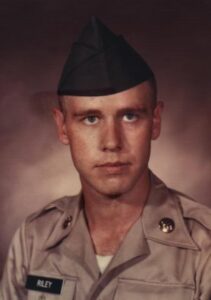
He was drafted into the Army on July 7, 1969 and trained at Ft. Campbell KY and Ft. Holobird MD as an interpreter of satellite and aerial reconnaissance images. Mel’s first assignment was with the 2nd Military Intelligence Battalion Aerial Reconnaissance Squadron (ARS) in Kaiserslautern, Germany. In early 1970 he moved to a position attached to the Air Force’s 497th Reconnaissance Technical Group (RTG) in Wiesbaden. While there he worked as an aerial observer on Air Force flights over restricted territory, and also interpreter of satellite and aerial intelligence collected on the Warsaw Pact.
On special request from a senior intelligence officer, Mel was assigned in 1976 to Fort George G. Meade to work on a special security vulnerability assessment team. He and Lt. Fred “Skip” Atwater shared adjoining desks, and within a year he was assisting Skip in the early stages of setting up the Army’s first remote viewing unit. Mel, designated as Viewer 011, was thus the first official remote viewer assigned to what became the US Army’s remote viewing program—at the time code-named “Gondola Wish.” By late 1978 and early 1979 Mel was working full time as one of the small handful of military remote viewers in what was by then the newly-renamed “Grill Flame” Program.
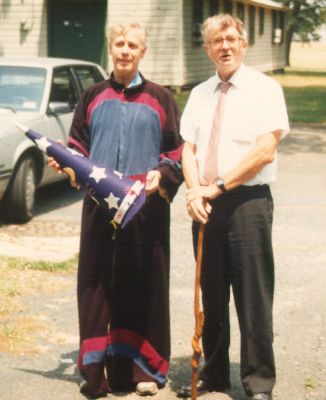
During his time with Grill Flame, Mel Riley was sent to SRI-International in California to learn what was then known about being a remote viewer. Returning to Ft. Meade, he was a major contributor to remote viewing projects of historical importance, such as work on the American hostages in Iran and the Soviet involvement in Afghanistan. Work during these early years in the Ft. Meade remote viewing unit was developmental as well as operational. Mel’s efforts played an important role in creating policies, standards and techniques which would be formative for the government’s “psychic spy” program.
In August 1981 Mel Riley was transferred back to Germany to rejoin the 497th RTG, resuming his previous work flying as an aerial observer, often passing “behind the lines” of the Warsaw pact, doing his work on a covert C-130 reconnaissance aircraft as it crossed over Soviet-occupied territory between West Germany and West Berlin.
In 1984 he was supposed to be reassigned to the Army remote viewing unit, now renamed “Center Lane.” But those orders were rescinded and he was sent to join the aerial reconnaissance assets for the Rapid Deployment Force at Hunter Army Airfield in Georgia. There he was assigned to be First Sergeant of the headquarters company of the 224th Military Intelligence Battalion (ARS), which managed OV-1D (Mohawk) and RC-12 reconnaissance aircraft.
When the Defense Intelligence Agency assumed control of the Army program, it was finally possible in mid-1986 to arrange Mel’s reassignment as a remote viewer to what had by then had become known as the Sun Streak Program. Mel Riley thus became the first and only person to serve twice in the military remote viewing program.
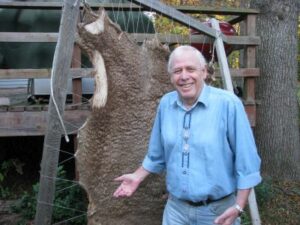
He quickly mastered the new “coordinate remote viewing” methodology, and used both that and some of his earlier techniques to perform exemplary service as a remote viewer. Some notable projects he worked on during this time included remote viewing Soviet R&D facilities, the US stealth aircraft program, hostages in the Middle East, narco-trafficking during the War on Drugs,
and many others. During his two remote viewing assignments, he worked not only as a viewer, but also as a project officer, monitor, and analyst.
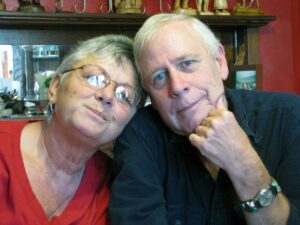
While still a remote viewer, Mel Riley reached the end of his military career and retired on July 1, 1990. He settled with his wife Edith, an experienced emergency room nurse, in the town of Scandinavia, Wisconsin. Here his knowledge of Native American tradition, crafts, and history paid off again. He was hired as director of the New London Public Museum, which preserves the region’s natural, historical, and native culture. He also continued to do private remote viewing work for special projects conducted by other ex-military members of the unit. Eventually retired from all employment, Mel and Edith continued to enjoy life in the beautiful surroundings in which they lived. Sadly, at 6:06 AM, April 25, 2020, Mel passed away from complications of lung cancer in the hospital near their home. Despite the ongoing COVID 19 restrictions Edith, who has always loved and supported him, was able to be by his side.